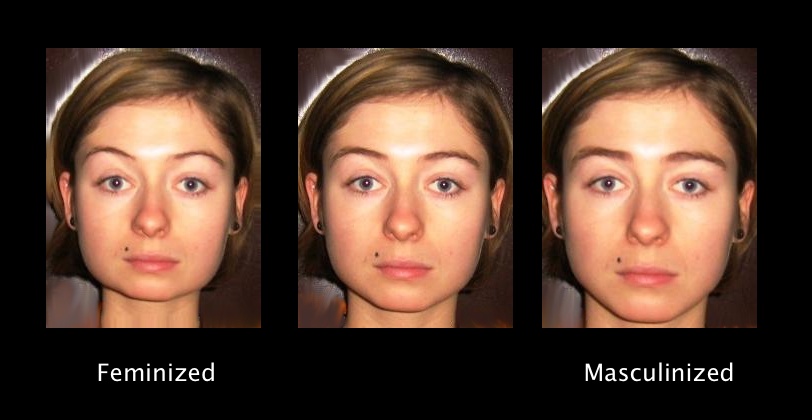In Harsh Conditions, Men Don't Want a Pretty Face

Big eyes and full lips may turn male heads in Japan, but in Nepal, men aren't as interested in pretty, girly faces.
Those are the findings of a new study of men's preferences for female faces in 28 nations. The results reveal that guys are drawn to feminine looks – large eyes, pillow lips and a soft jaw — to a greater extent in countries that are the healthiest.
The reason for this difference isn't clear, but scientists suspect that evolution may drive these attractions, at least subconsciously. Men in harsh conditions may have a better chance of fathering children who survive if they mate with a woman who can hold on to resources, said study researcher Urszula Marcinkowska, a doctoral candidate at the University of Turku in Finland.
"It might pay off for men in hard conditions to develop a preference for women who are not very highly feminine, because feminine women are perceived to be less socially dominant," Marcinkowska told Live Science. They're also perceived to have less potential at acquiring resources, she said.
Feminine charms
Earlier cross-cultural research found that "macho" men with stereotypically masculine faces are most preferred in less-developed nations. A strong jaw, squinty eyes and a dominant brow might signal that a guy has strong genes to pass to his child, researchers suggested in March 2013 in the journal Biology Letters. [5 Things Your Grin Reveals About You]
Marcinkowska and her colleagues were interested in turning the tables and examining male preferences for female faces. It was possible, she said, that harsh conditions might promote a preference for sexual dimorphism: Women would want masculine dudes, and men would want girly-girls.
Get the world’s most fascinating discoveries delivered straight to your inbox.
That's not what the team found, however. They recruited 1,972 heterosexual men online from 28 countries and presented them with photos of women altered to look more or less feminine. They then compared the responses to various demographic and social characteristics of each nation.
Overall, men the world over prefer feminine faces over more masculine looks. But the strength of this preference varied. In environments where health was worse, as measured by average life span, maternal and infant mortality and other factors, men were less interested in femininity.
Nepalese men were least likely to be drawn to a very girly face, followed by Nigerians and Colombians. Japanese men were most interested in feminine charms, with Australians coming in second. Men in the United States fell on the feminine-preferring end of the spectrum, as well.
Dominance versus fertility
Feminine looks are an evolutionary signal of fecundity, said Dan Kruger, an evolutionary psychologist at the University of Michigan. In healthy environments, men may subconsciously look for women who can bear lots of children.
In unhealthy environments, however, it might be more important that your potential mate survive to have any children at all. Social dominance — marked by relatively masculine features — might signal that a woman can do just that.
"It seems like there's a trade-off going on, where in the harsher environments, men are putting less preference on femininity," Kruger, who was not involved in the research, told Live Science.
An interesting follow-up, Kruger said, would be to find out if people's preferences change if the health of the environment changes.
"You could see how these preferences may or may not shift to see how deep-seated they are," he said.
Previous studies show that men who have lower levels of the masculine hormone testosterone are less likely to prefer feminine faces, Marcinkowska said. Men in harsher environments typically have lower testosterone levels, she said. These hormonal changes could be the mechanism that links the environment to preferences, she said, though the researchers weren't able to measure hormone levels in the study.
Marcinkowska warned that the paper doesn't argue that biology is the only factor influencing attractions. She has also collected data on women's facial preferences, she said, and hopes to analyze if and how fertility influences those attractions across cultures.
The researchers published their findings today (April 29) in the journal Biology Letters.
Follow Stephanie Pappas on Twitter and Google+. Follow us @livescience, Facebook & Google+. Original article on Live Science.

Stephanie Pappas is a contributing writer for Live Science, covering topics ranging from geoscience to archaeology to the human brain and behavior. She was previously a senior writer for Live Science but is now a freelancer based in Denver, Colorado, and regularly contributes to Scientific American and The Monitor, the monthly magazine of the American Psychological Association. Stephanie received a bachelor's degree in psychology from the University of South Carolina and a graduate certificate in science communication from the University of California, Santa Cruz.



